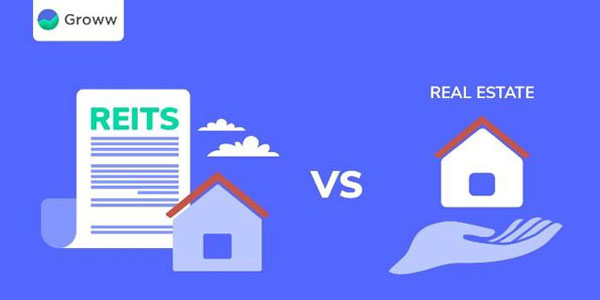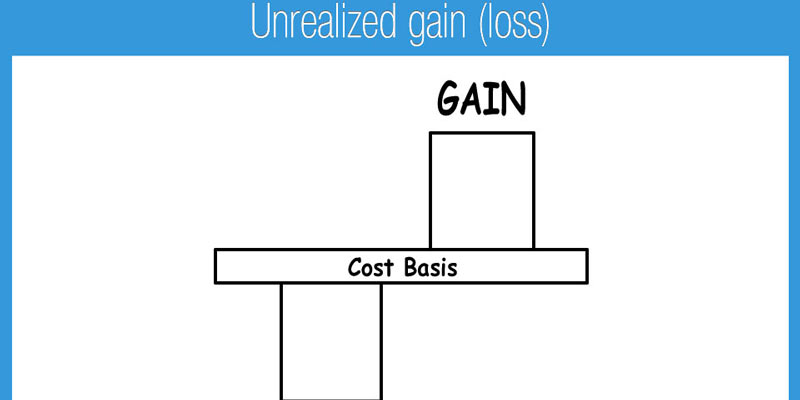4 Ways to Remove Your Name Off a Cosigned Loan
Sep 17, 2024 By Kelly Walker
When you cosign a loan form or a line of credit, you're responsible for the entire cash amount you borrowed. Cosigning a loan form may affect your potential to borrow money for yourself because a financial institution or a lender will use the loan amount you cosigned for your debt load when determining your debt-to-income (DTI) ratio.
Additionally, the credit reports of the cosigner and the borrower show the payment background on the cosigned loan or line of credit.
How can you remove your name off a cosigned loan if you agree to cosign for a relative or friend but don't want the obligation of shared credit anymore? Does removing the cosigner affect your credit ratings? Read on to learn!
Refinancing

The best way to get out of the cosigned loan with a higher balance is to refinance the loan. Many loan types, including mortgages, private student loans, auto loans, and personal loans, are subject to this law.
Refinancing could make it possible for borrowers to lower their monthly payments because loans with higher balances are more difficult to pay off quickly. If a major chunk of the loan has been paid off, the borrower will also be taking out a smaller loan, which may allow them to qualify for the loans without a cosigner.
You can also refinance your loan with credit cards by moving balances to a new credit card in the cosigner's name. For example, a $2,000 balance on the credit card is in both your name and the cosigner's name. The bank will transfer the funds if your relative or friend is accepted for a credit card with a value of at least $2,000. The present credit card can then be closed (or left open but inactive) at that point. However, this strategy primarily works with lower amounts of money.
Improve the Credit Ratings of the Person Borrowing the Money
If the person you've cosigned for has a poor or zero credit history, the options to get out of the cosigned loan are limited. The following five-step plan aims to assist the person in improving their credit ratings.
- Pull Credit Reports
Individuals can get a free copy of their credit reports from each credit agency (Equifax, TransUnion, or Experian) once a year by visiting AnnualCreditReport.com.
myfico.com allows your relative or friend to buy FICO scores from Equifax, TransUnion, or Experian. You can determine their starting point from the reports. There is also a description of the causes of a lower credit score. The individual you cosigned for could be eligible to keep the loan independently once they raise their credit score.
- Determine What Factors Are Affecting the Credit Score
Do a lot of people have credit cards or loan late payments? Is the person involved in any recent collections? Do credit card balances exceed fifty percent of the credit limit? Are there any accounts that should have been reported in good condition but were late paid or in collections due to unpaid debts? If so, these factors must be addressed to raise the credit score.
- Focus on a Few Issues Damaging the Credit Score
The approach should increase the borrower's creditworthiness. It can be as easy as paying all of your bills timely for six months. Your cosigner must keep the account balance under 15 percent of the credit limit, open one credit card, and make on-time payments if their credit history is limited to the loan for which you cosigned and there are no other pending credit card payments. This is true because how a person handles revolving debt, such as card balances, accounts for an important part of their credit score.
- Create a plan with a time frame.
You can fix these credit report issues in roughly two months if the only issue is incorrect information. Give other actions almost six months to have a noticeable influence.
- Check FICO Score Again
Check the credit score of the borrower after a few months. You may notice improvements as soon as a few months, while it might take as long as six months to start seeing improvements in your credit score. If you do not notice any change, review your credit report again to see if there are any mistakes you can make to raise your score.
Pay Off the Loan
Asking the borrower to make additional installments to pay off your loan sooner is another way to get out of the cosigned loan. You might want to contribute to the remaining amount to remove the credit load from your account.
It makes sense to participate in two situations:
- If the debt is minor and you can pay it, and a non-payment or late payment has already happened or is anticipated.
- You can't afford to have your credit score worse because you intend to buy a house or a car soon.
Close the Account

The most effective way to get your name off these cosigned loans is to terminate the account. This works best when you have a joint account on a line of credit or a credit card. If there is still a balance, it must be settled or transferred before proceeding.
On a line of credit or credit card, if you or the other individual is a registered user rather than a joint account holder, the bank can remove a registered user at the primary account holder's request.

U.S. Bank Review - The Best Bank in the US or Not?

REITs vs Real Estate Investment Funds: How They Compare

Best Bloomberg Terminal Alternatives

What Is a Float-Down Lock in Mortgage Rates?

Why Not Buy Before the Dividend and Then Sell?

Impact of Recoverable Depreciation on Financial Statements

Best Debt Relief Companies

What Are Unrealized Gains and Losses?

Form 9465: Installment Agreement Request

